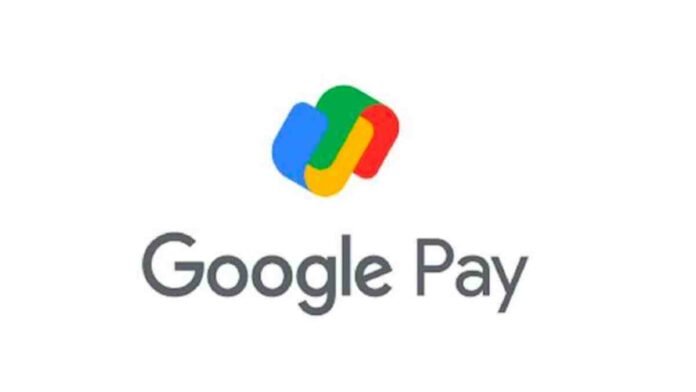Google Pay has announced the availability of Aadhaar-based registration for UPI. This will enable more people to participate in digital payments and promote financial inclusion.
The National Payments Corporation of India (NPCI), in partnership with Google Pay, has announced the availability of Aadhaar-based registration for UPI (Unified Payments Interface). With the help of this new functionality, Google Pay customers may sign up for UPI without needing a debit card by utilizing their Aadhaar credentials instead.
By utilizing the Aadhaar-based UPI onboarding method, Google Pay hopes to make it easier for a wider user base to create UPI IDs, enabling more people to participate in digital payments. Customers having bank accounts in supported banks can presently use the service; additional banks are anticipated to join soon.
Over 99.9% of Indian adults, as reported by the Unique Identification Authority of India (UIDAI), have an Aadhaar number and utilize it at least once every month. With the implementation of Aadhaar-based onboarding on UPI, the country’s accessibility for more people would be improved, and financial inclusion will be promoted.
Users must make sure that their phone number registered with UIDAI matches the one linked to their bank account in order to use the Aadhaar-based UPI registration. Additionally, their bank account has to be Aadhaar-linked. Once these requirements have been satisfied, customers can proceed with the onboarding process by following the instructions.
Google Pay seeks to streamline the UPI setup process and promote the acceptance of digital payments among a larger audience in India by combining Aadhaar-based registration. The goal of the Indian government is to create a more inclusive, cashless economy, and this project supports that goal.
Users of Google Pay have the option of using a debit card, UPI onboarding based on their Aadhaar, or Aadhaar-based registration, where they must provide the first six digits of their Aadhaar number.
Entering OTPs from UIDAI and the user’s bank is required for authentication. After that, the user’s bank will complete the procedure and allow them to create their UPI PIN.
Customers may use the app’s features, such as conducting transactions and checking balances, after completing the Aadhaar-based UPI onboarding procedure for Google Pay. Users’ Aadhaar number’s first six digits are securely sent to UIDAI through NPCI for verification when they submit it. Aadhaar numbers of users are protected thanks to this rigorous process. It’s vital to remember that Google Pay just acts as a middleman in sharing the Aadhaar number with NPCI solely for validation reasons rather than keeping the data itself.
Google Pay has announced the availability of Aadhaar-based registration for UPI, allowing customers to sign up without needing a debit card. This will enable more people to participate in digital payments and promote financial inclusion. Customers must make sure their phone number registered with UIDAI matches the one linked to their bank account to use the service. After completing the Aadhaar-based UPI onboarding procedure, the first six digits of the Aadhaar number are securely sent to UIDAI through NPCI for verification.




